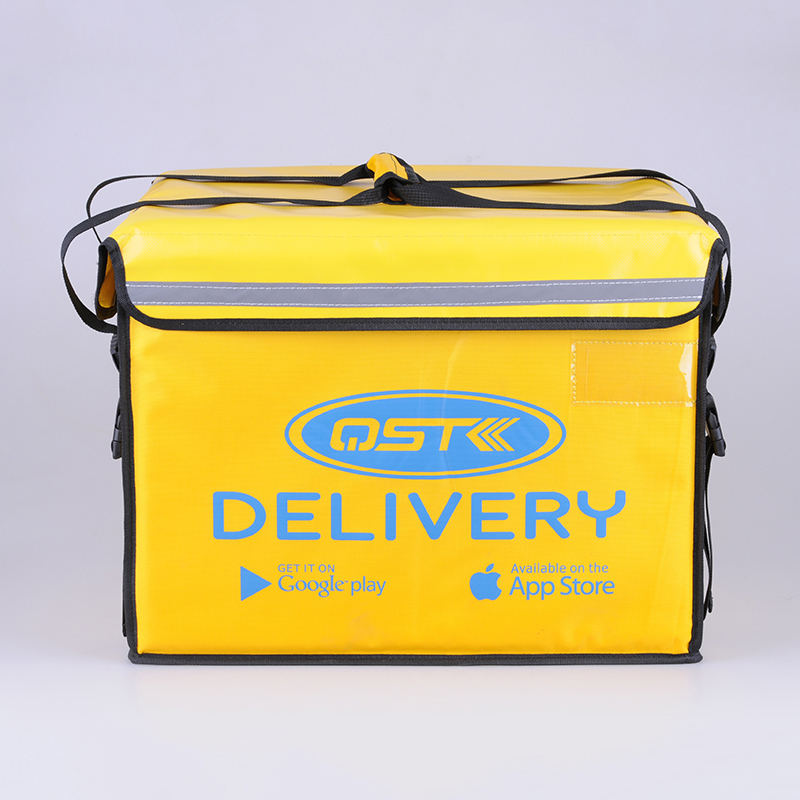The Science Behind the Heat: Evaluating the Effectiveness of Insulation in Take Away Food Insulated Cooler Bags
2024-01-25
Introduction:
In the fast-paced world of food delivery, maintaining the perfect temperature for your favorite dishes is a make-or-break factor. A critical player in this culinary journey is the insulation within Take Away Food Insulated Cooler Bags. Join us as we unravel the science behind the heat and explore just how effective these bags are in preserving the delightful warmth or refreshing coolness of your meals.
Understanding the Basics of Insulation:
Insulation is not a one-size-fits-all concept; it's a careful science that considers various factors to ensure optimal performance. The primary goal of insulation in cooler bags is to create a barrier that minimizes the transfer of heat between the inside and outside environments.
1. Closed-Cell Foam:
Many high-quality cooler bags utilize closed-cell foam as a key insulation material. This type of foam is known for its exceptional insulating properties, effectively trapping air within its structure. Air is a poor conductor of heat, creating a thermal barrier that slows down the temperature exchange between the interior and exterior of the bag.
2. Advanced Insulating Fabrics:
Innovative materials, such as advanced insulating fabrics, have also become popular choices in crafting cooler bags. These fabrics often incorporate reflective layers that redirect heat, preventing it from penetrating the bag. This reflective quality enhances the overall insulation, maintaining the desired temperature for a more extended period.
Factors Influencing Effectiveness:
1. Thickness of Insulation:
The thickness of the insulation layer is a critical factor. Thicker insulation generally provides better temperature retention. Quality cooler bags strike a balance, ensuring sufficient thickness without compromising the bag's portability and flexibility.
2. Seamless Design:
The effectiveness of insulation is also influenced by the bag's design. A seamless construction minimizes heat exchange points, ensuring that the insulation works uniformly across the entire bag. Well-designed seams and closures prevent air leakage, preserving the bag's insulating capabilities.
3. Environmental Conditions:
While insulation works wonders, external factors like extreme weather conditions can impact its performance. Cooler bags are designed to excel within a certain temperature range, and understanding these limits is crucial for optimal results. Extreme heat or cold may challenge even the most advanced insulation materials.
Real-World Effectiveness:
The true test of a cooler bag's insulation is its performance in real-world scenarios. Customer reviews and testimonials often provide valuable insights into how well these bags fare in various conditions. Success stories of meals arriving piping hot or refreshingly cool speak volumes about the effectiveness of the insulation employed.
Conclusion:
As we unwrap the science behind the heat, it becomes clear that the effectiveness of insulation in Take Away Food Insulated Cooler Bags is a result of thoughtful material selection, design precision, and a commitment to maintaining the ideal temperature. These culinary guardians are not just carriers of food; they are the unsung heroes that ensure your meals arrive with the same sizzle or chill they left the kitchen with. The next time you indulge in a delivered feast, remember the intricate dance of science that keeps your culinary delights at the perfect temperature.



